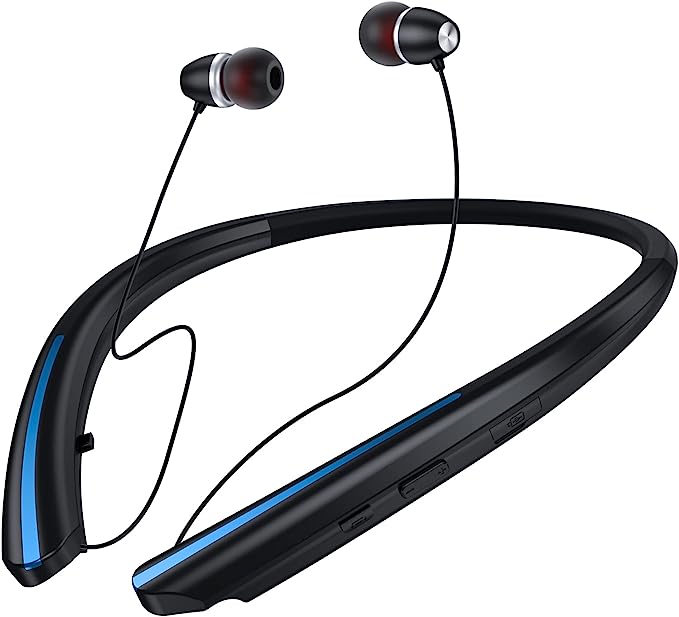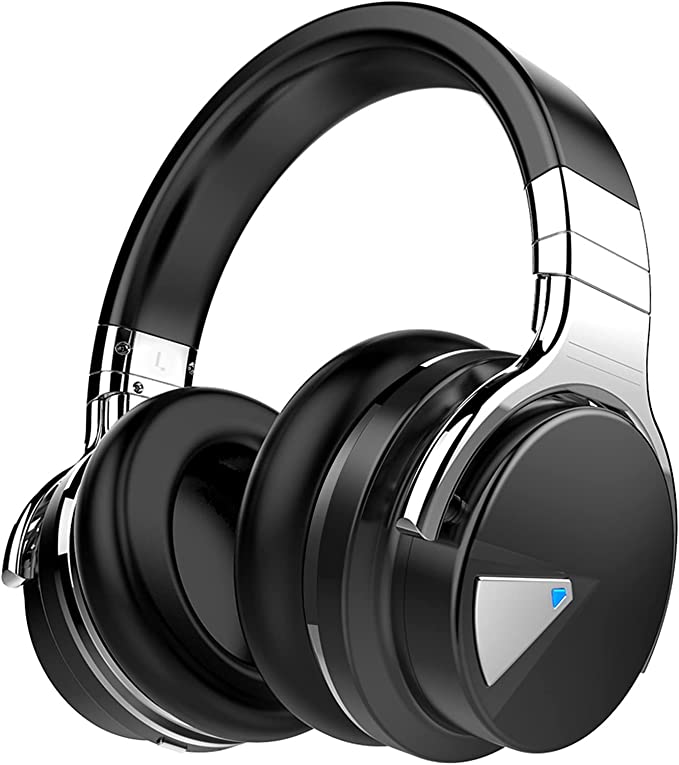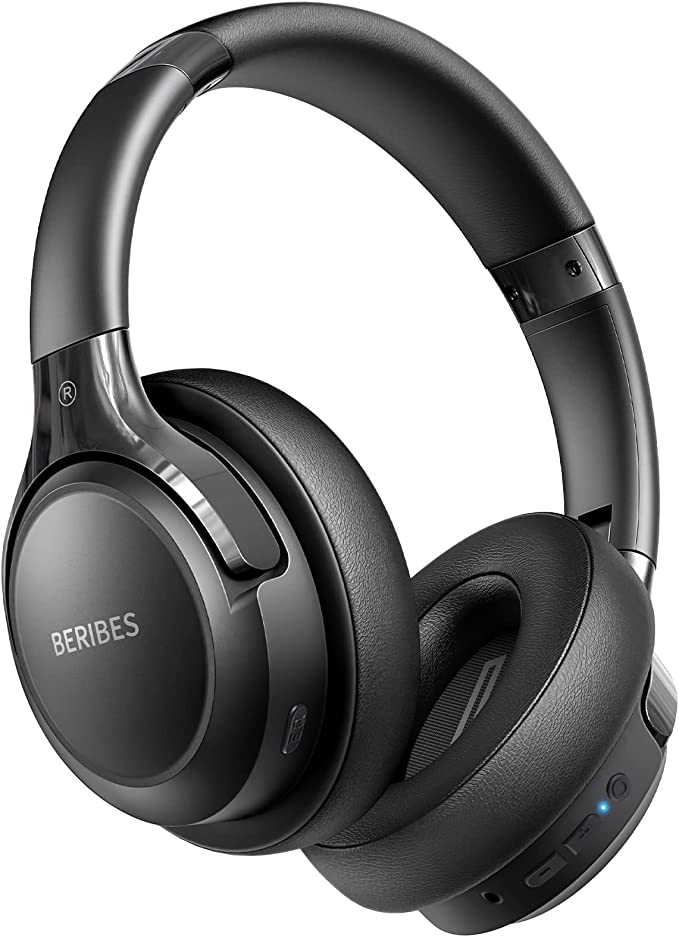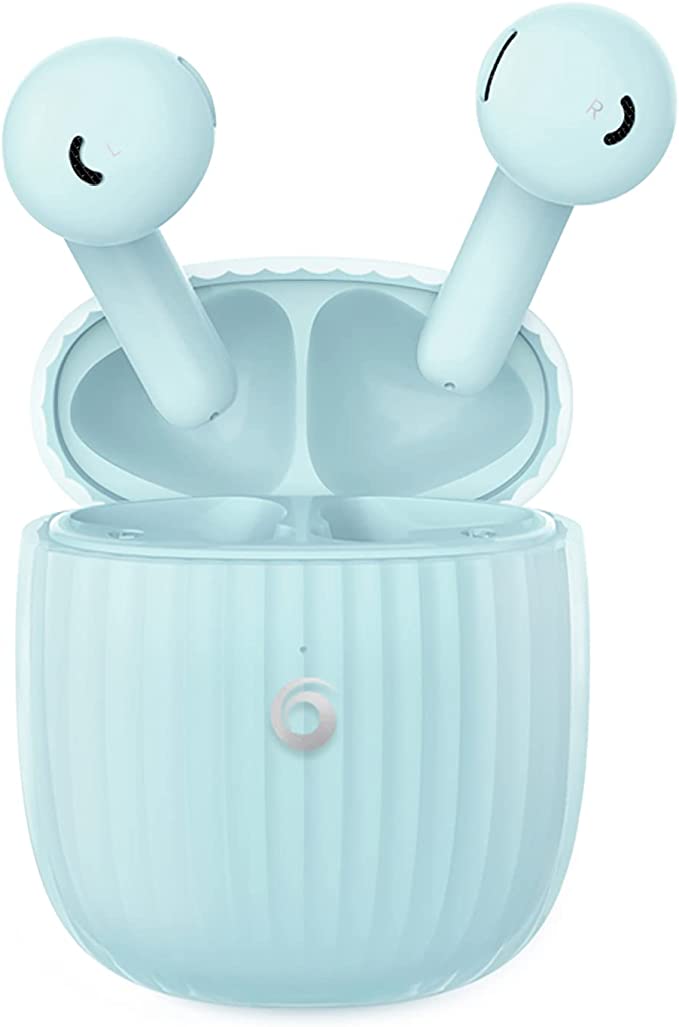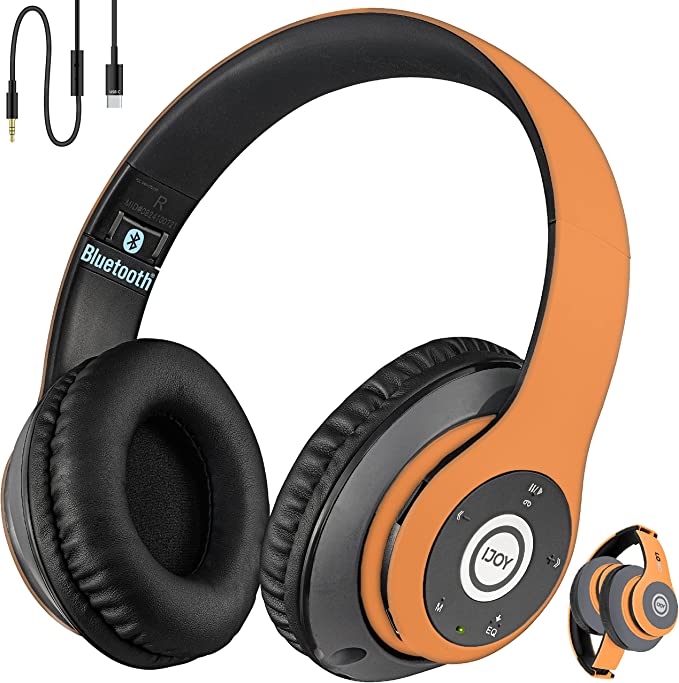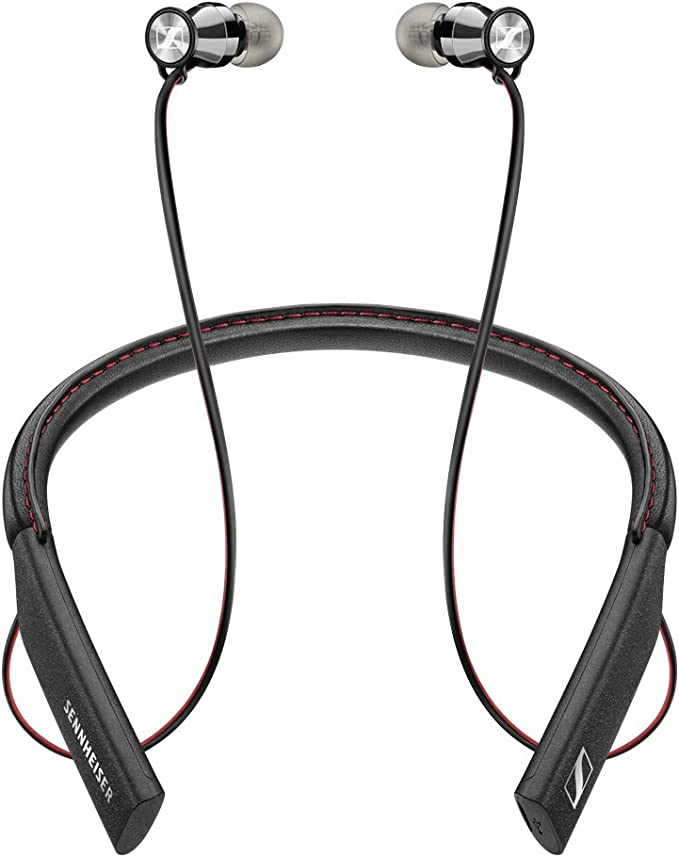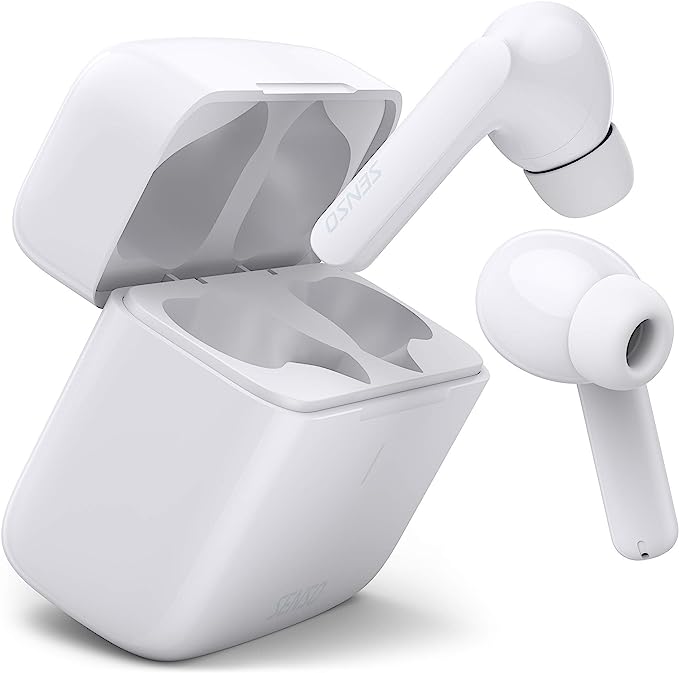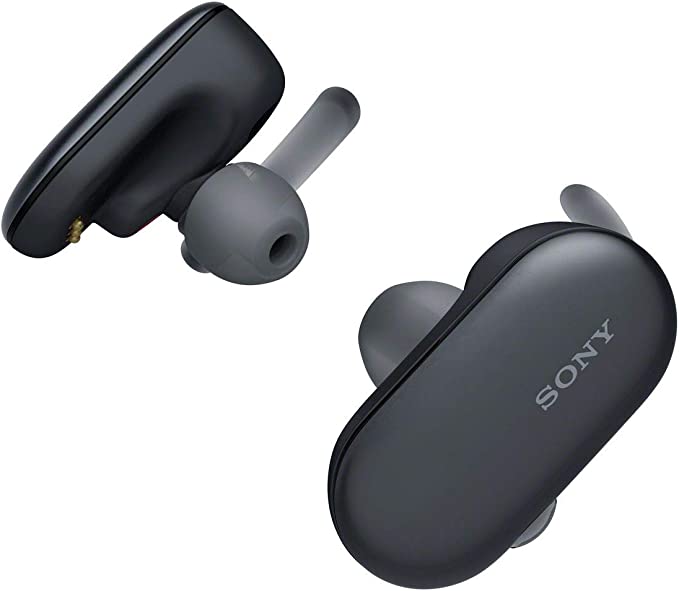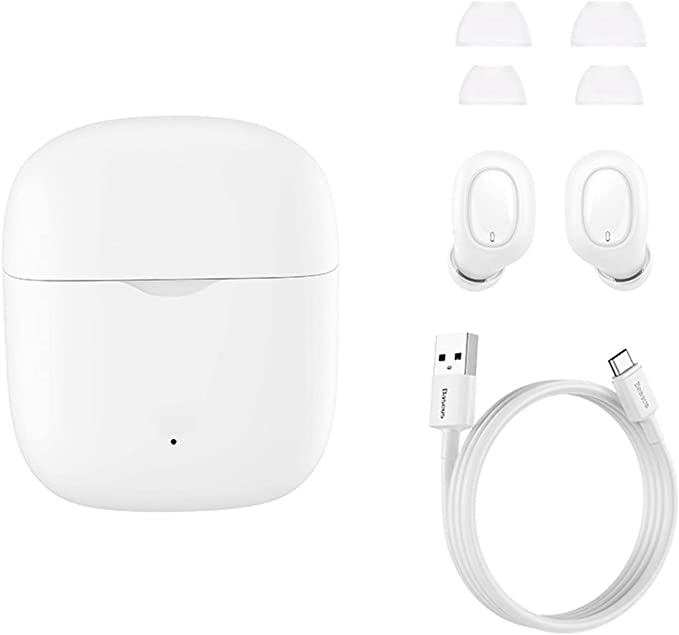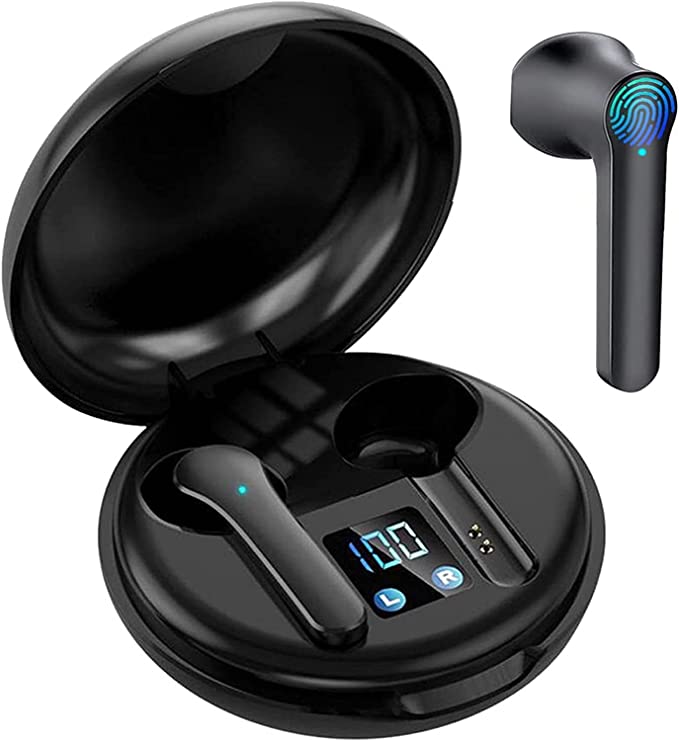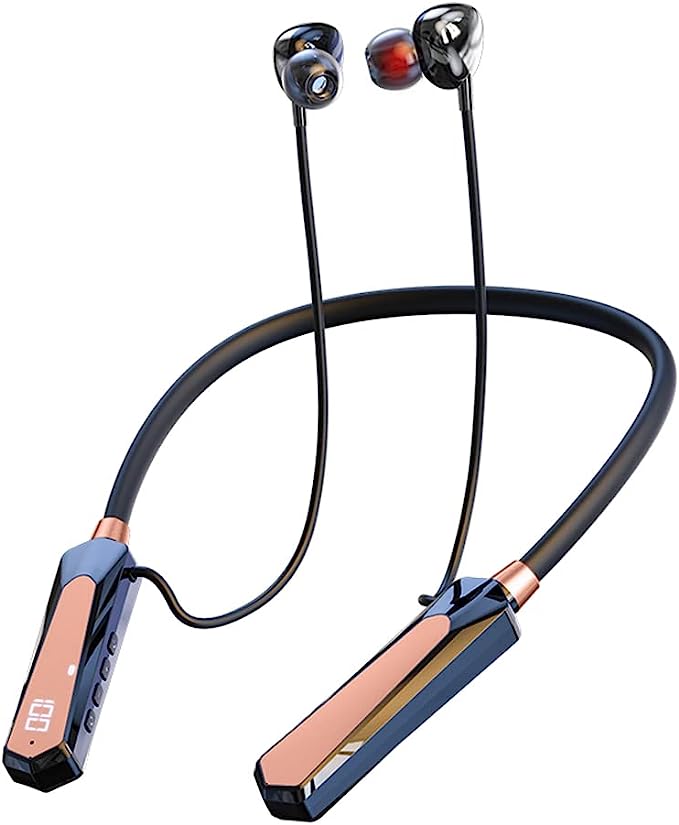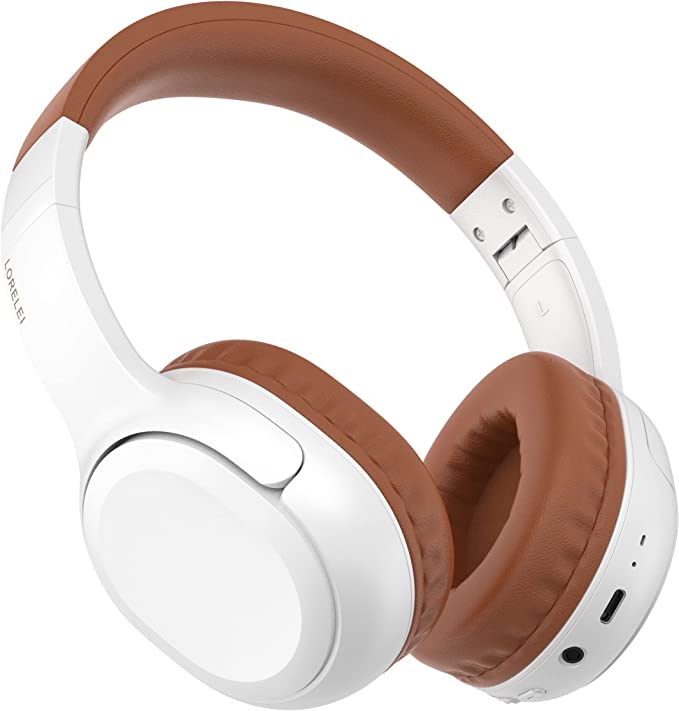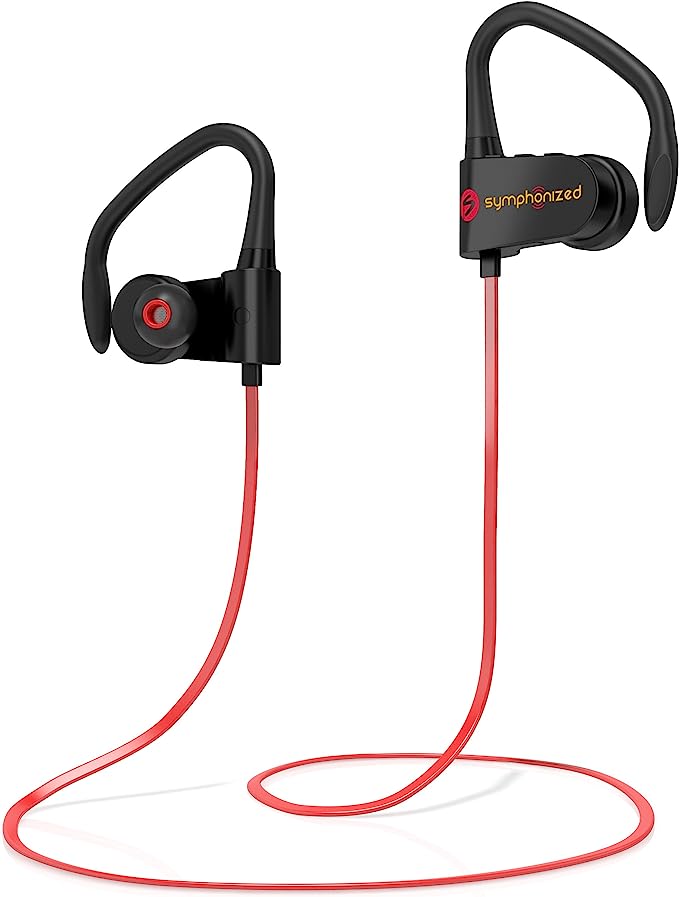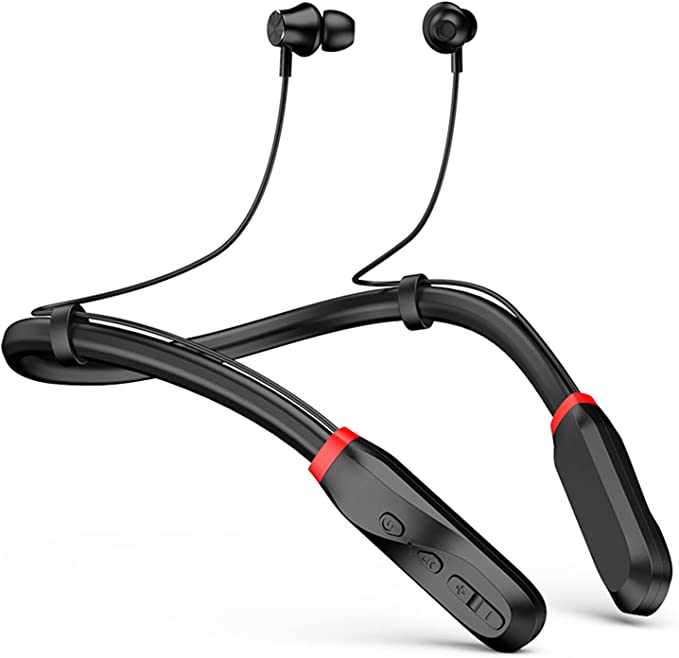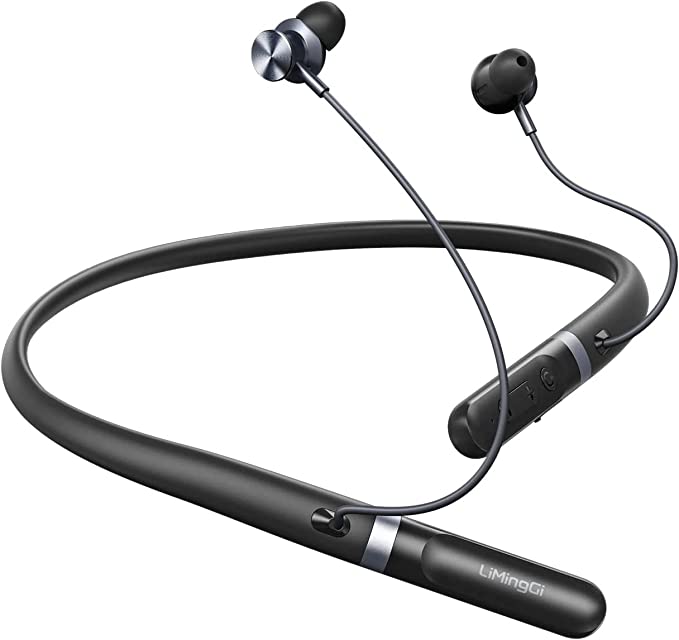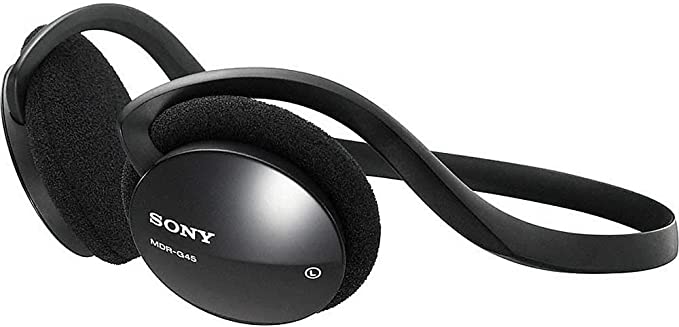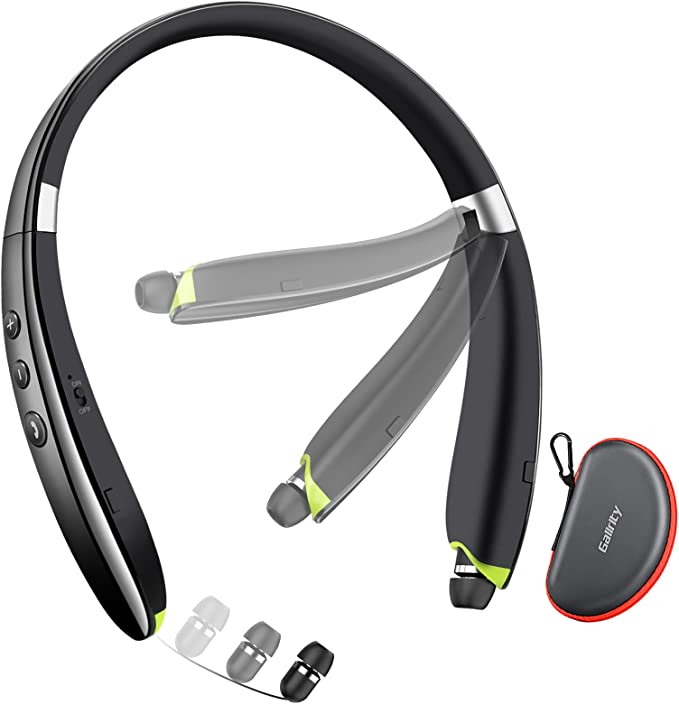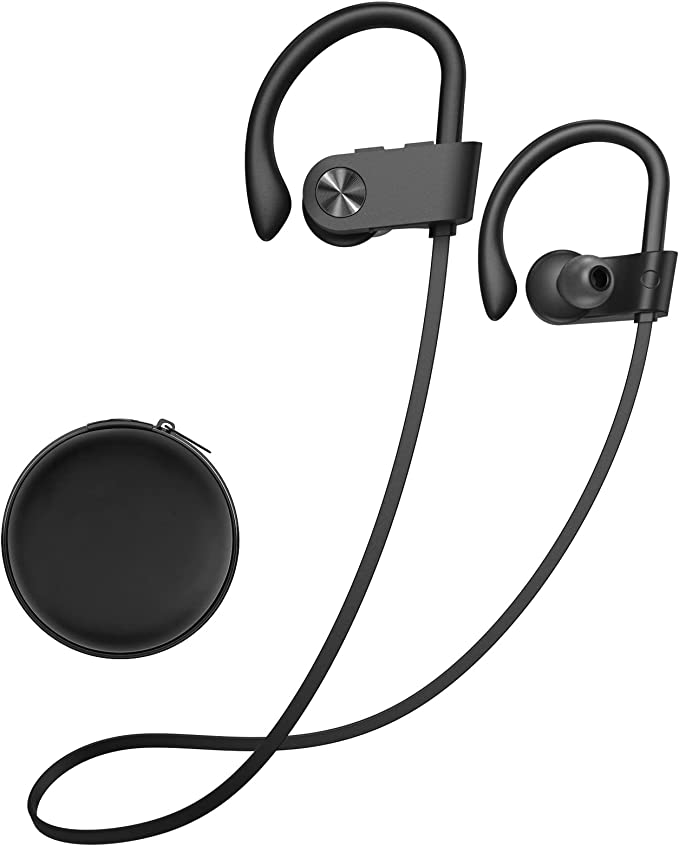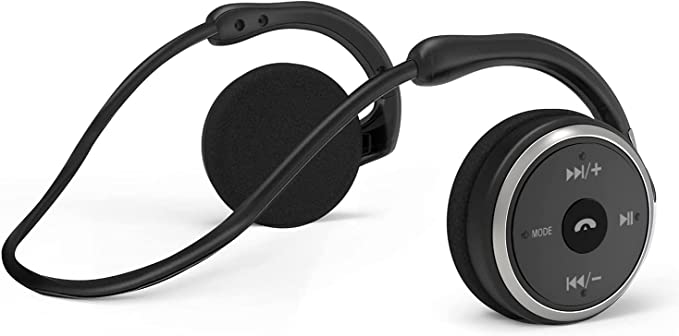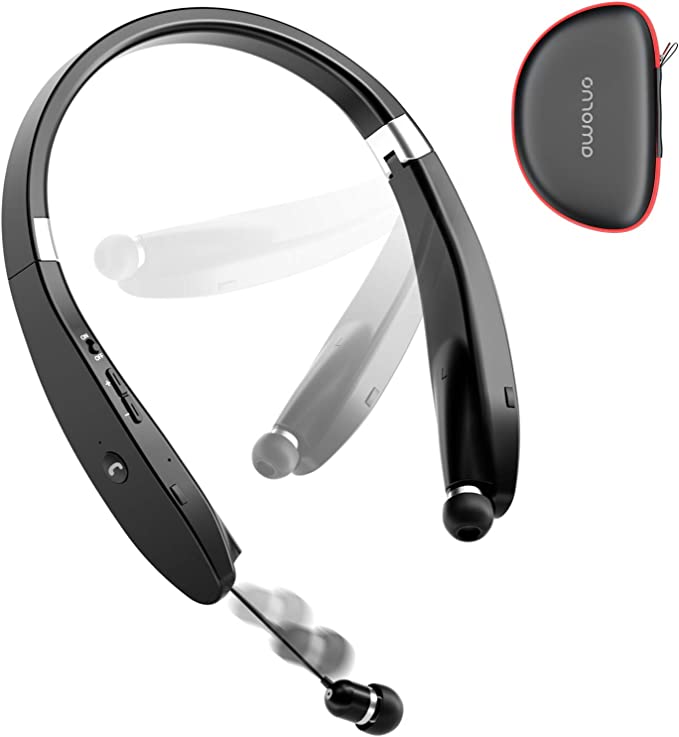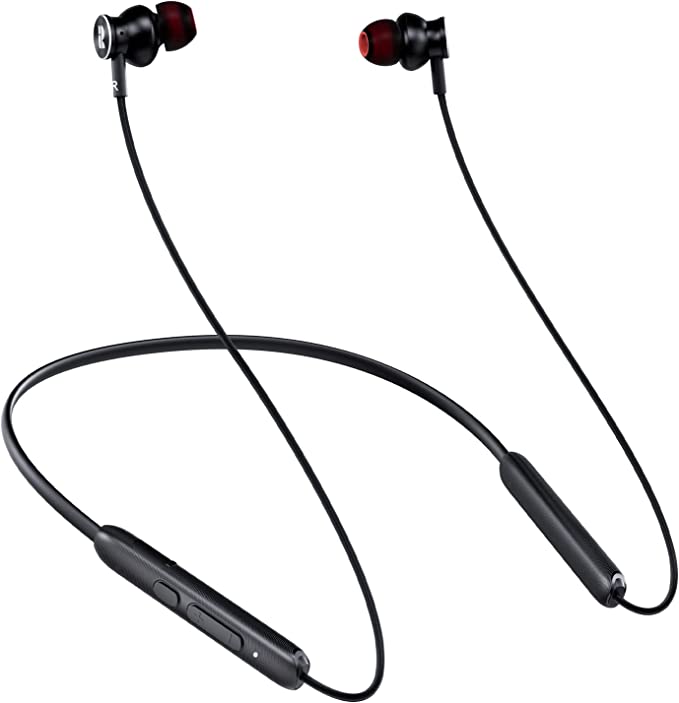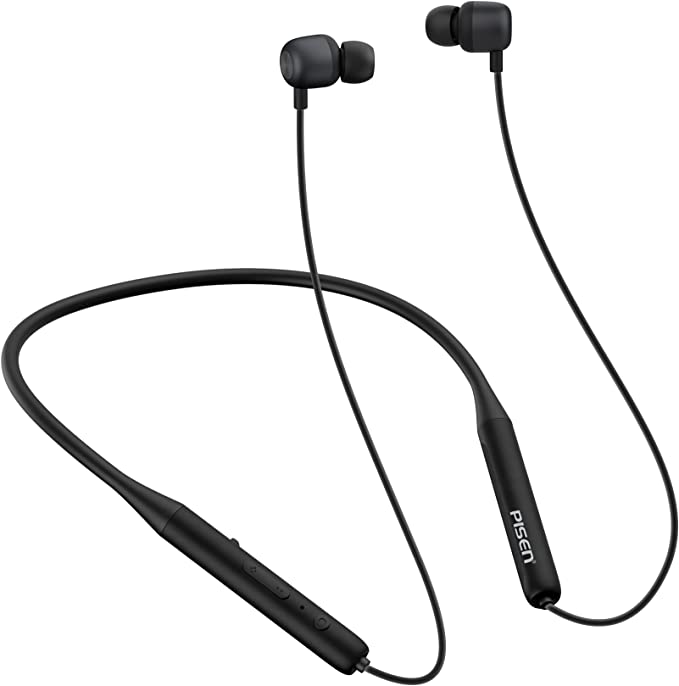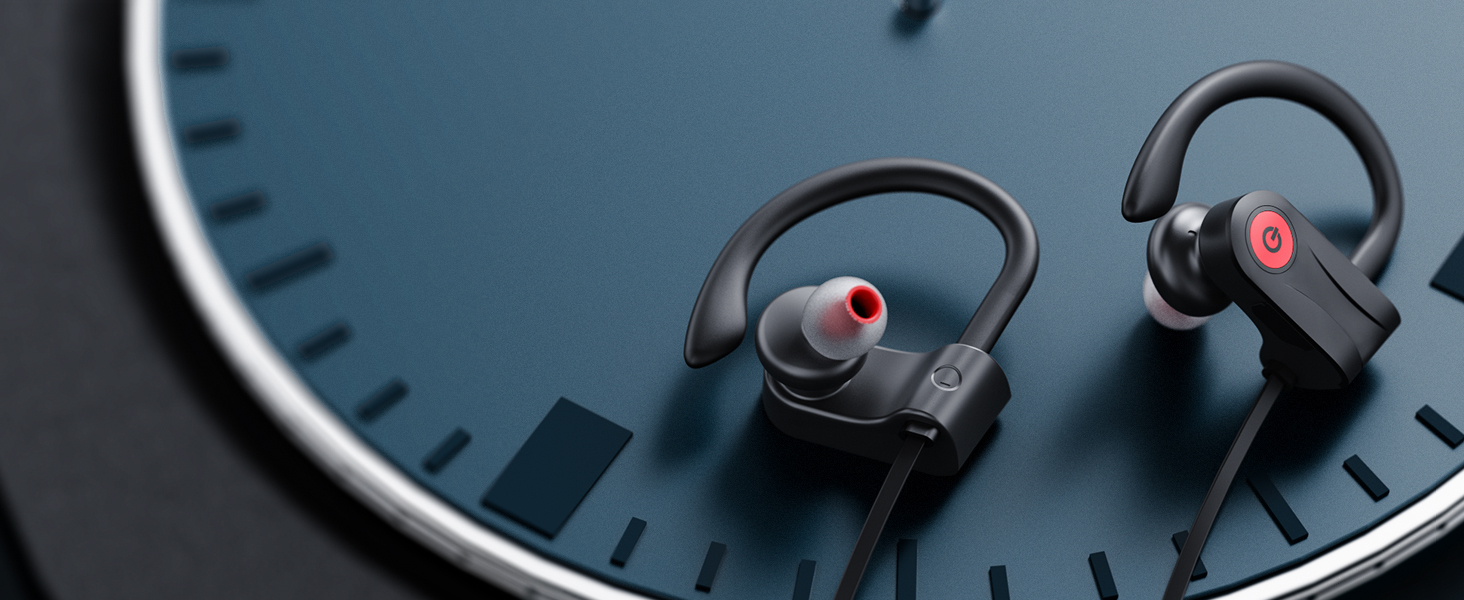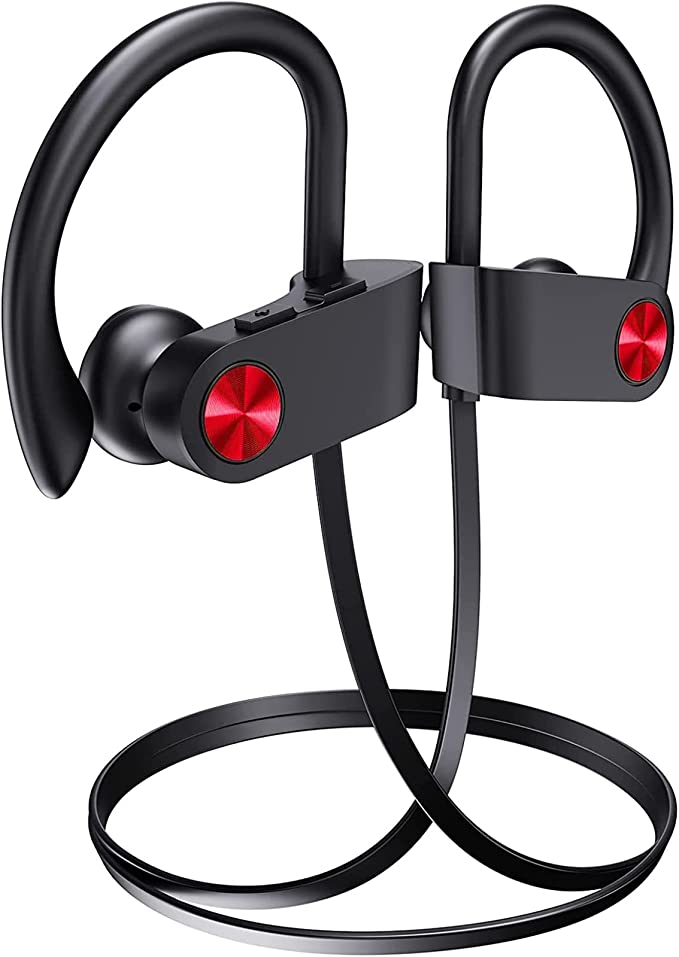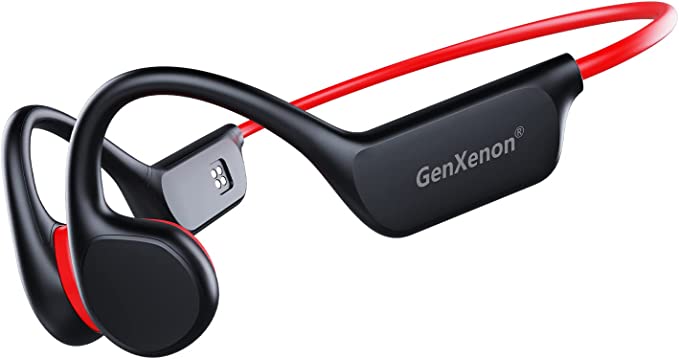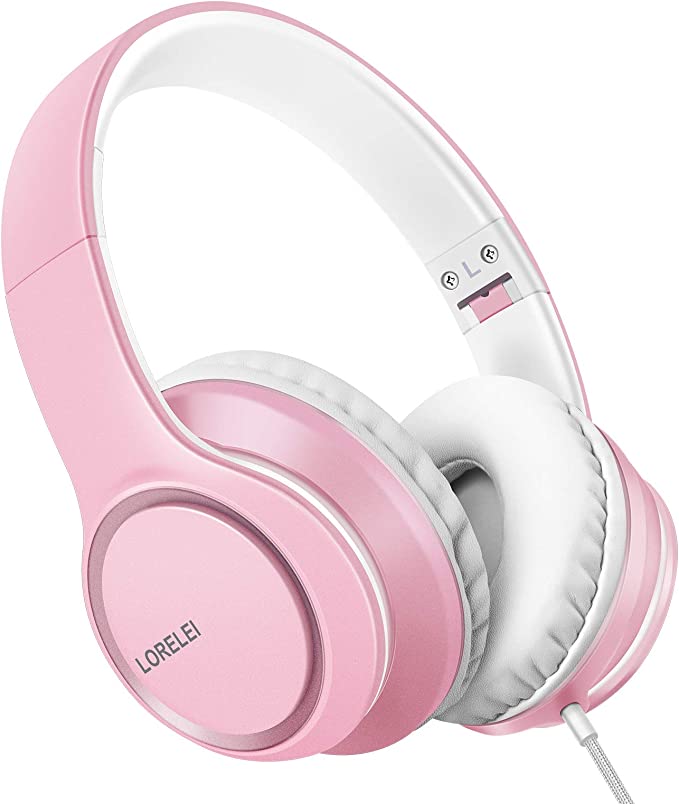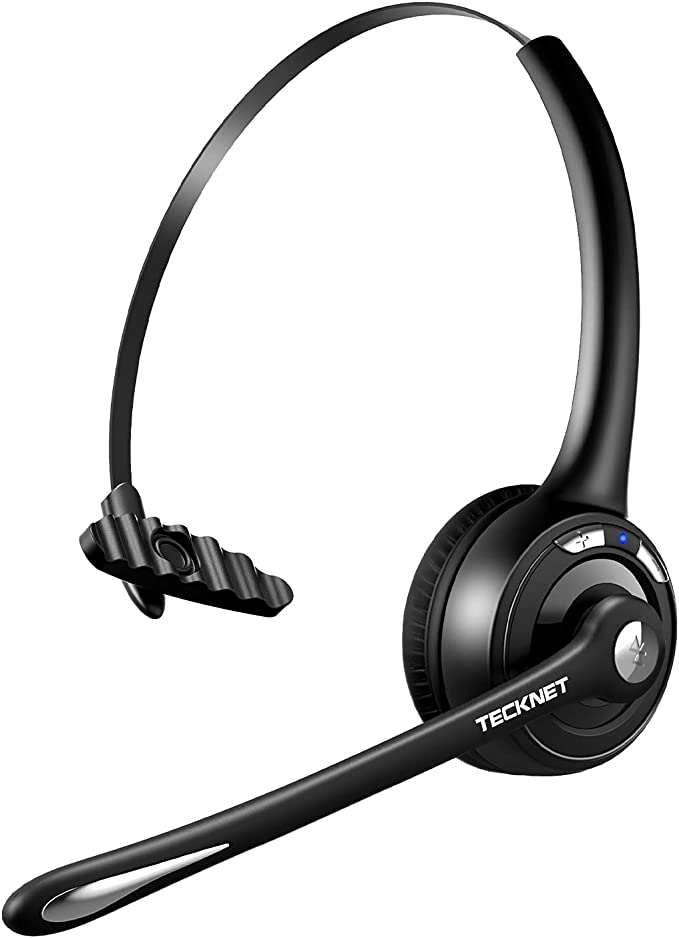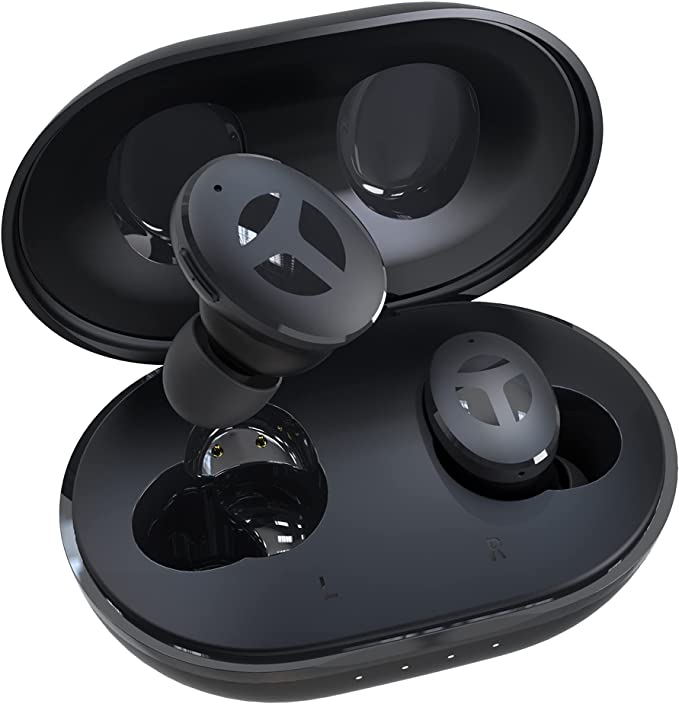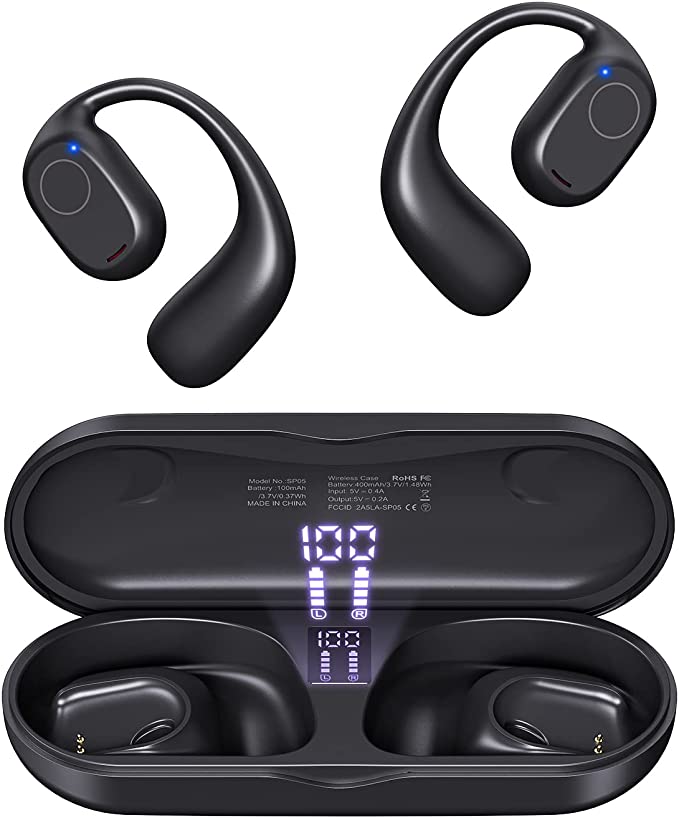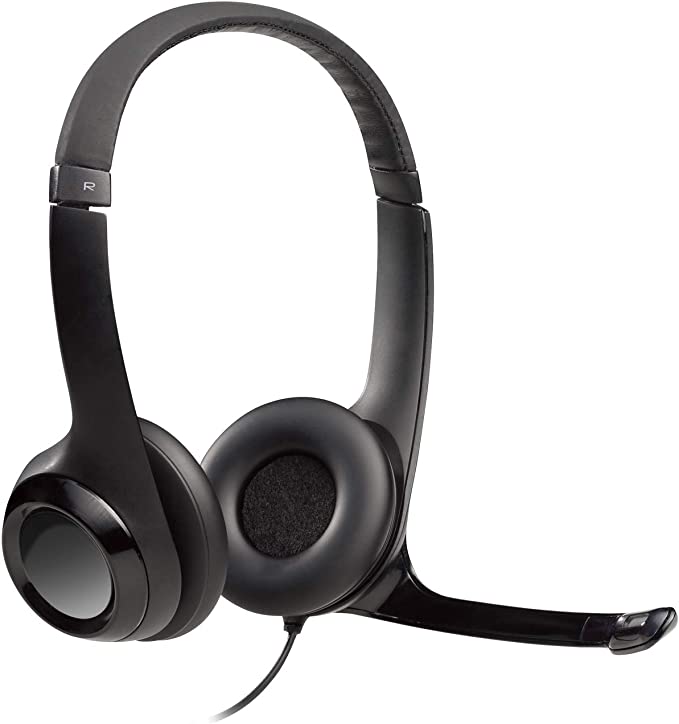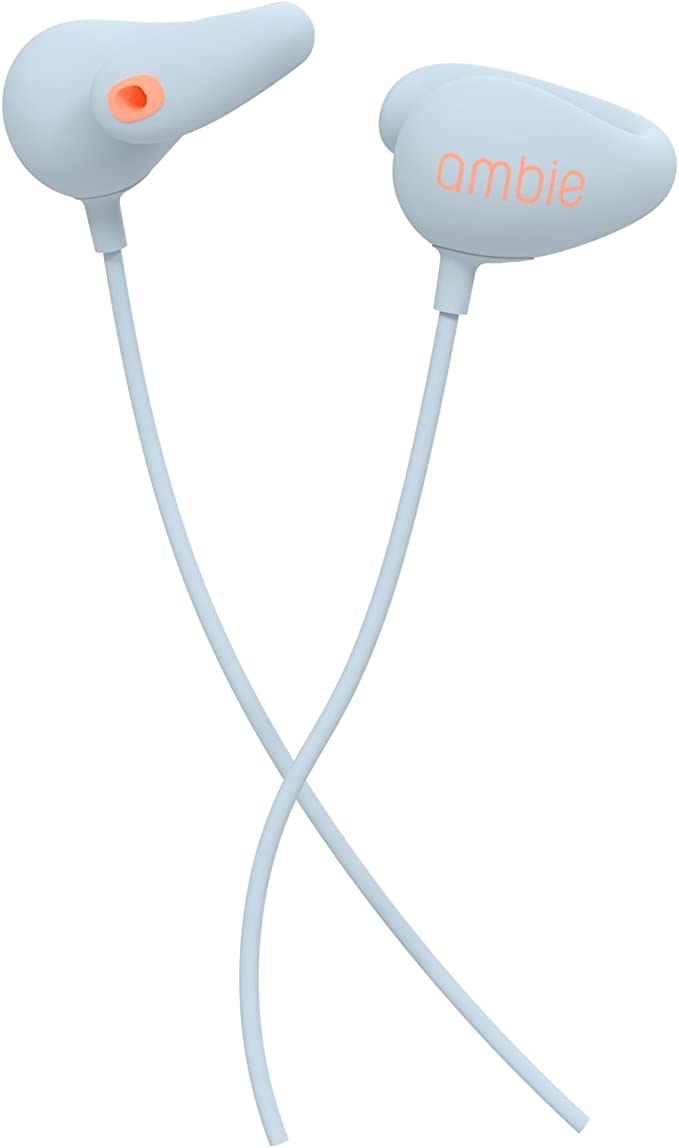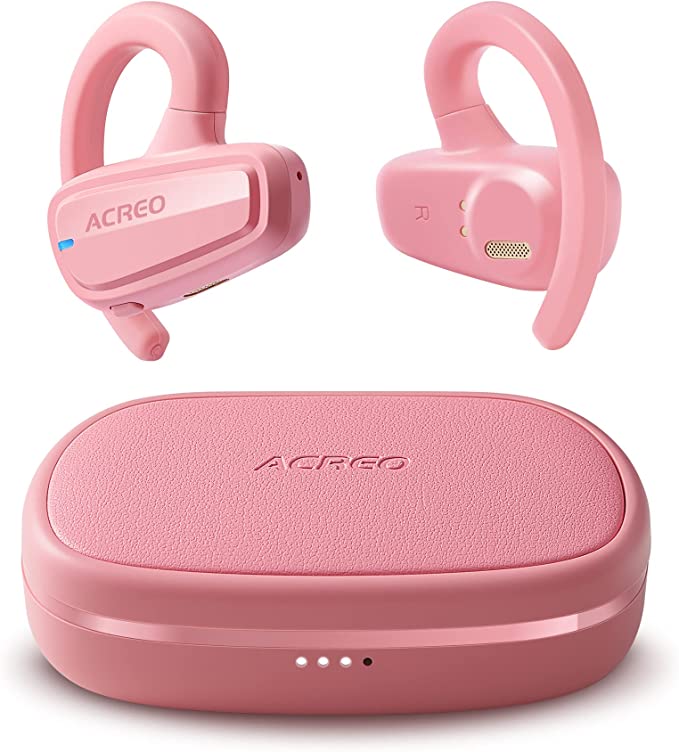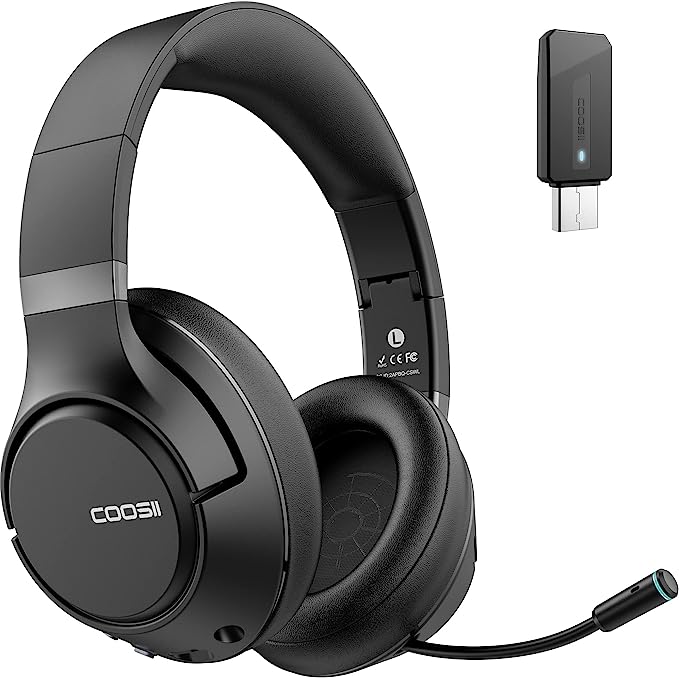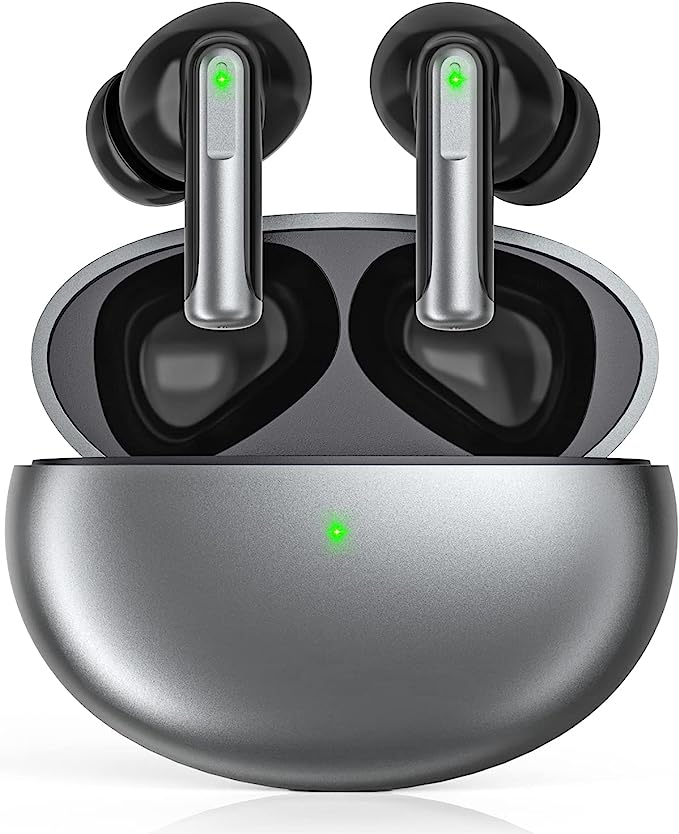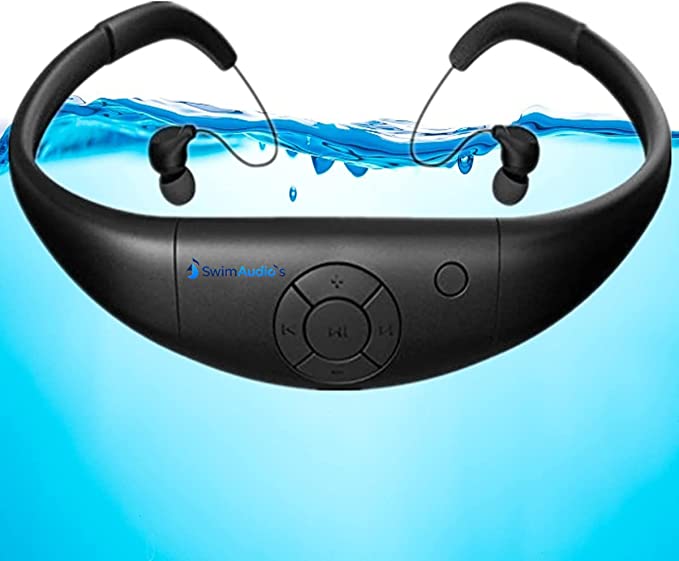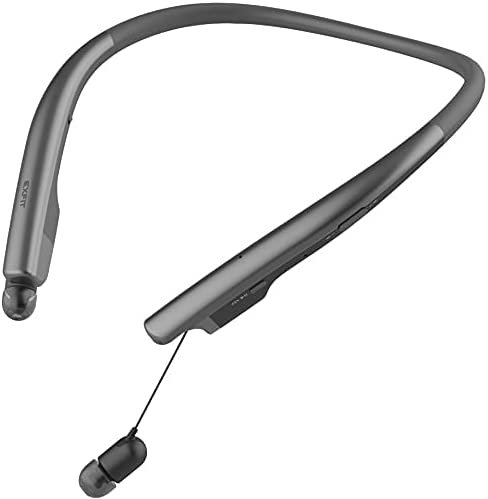Padmate S17 Neckband Headphones: The Science Behind CVC 8.0 Call Clarity, IPX5 Protection, and All-Day Wireless Audio
Update on April 14, 2025, 3:53 a.m.
The world hums with wireless signals, and nowhere is this more apparent than in personal audio. Tiny earbuds promising freedom from cords are everywhere. Yet, nestled between the ubiquitous true wireless buds and the classic wired holdouts lies the neckband headphone – a design offering a unique blend of stability, battery life, and convenience. Today, we’ll use the Padmate S17 Neckband Wireless Headphone as our guide, not to review a product currently marked ‘unavailable,’ but to embark on a fascinating journey deep into the technology it claimed to house.
Consider this your tech deep-dive, a chance to look under the hood. While specific performance details for the S17 remain elusive due to its status and the limited information from its original product listing, the features mentioned – CVC 8.0, IPX5, Dual Pair Mode, a QCC chip – represent key advancements in wireless audio. Our mission? To unpack these terms, understand the science behind them, and equip you with the knowledge to decipher the specs on any headphone box. Let’s move beyond the marketing buzzwords and explore the engineering that aims to make our wireless lives sound better.

The Unseen Tether - Wireless Connectivity Explored
At the heart of the Padmate S17’s promise, like countless other wireless devices, beats Bluetooth technology. Think of it not just as “wireless,” but as a sophisticated short-range radio communication protocol. It operates primarily in the busy 2.4 GHz frequency band (sharing the airwaves with Wi-Fi, microwaves, and more), allowing devices like your phone and the S17 headphones to establish a connection and exchange data – in this case, your music or call audio – without a physical cable.
The process starts with pairing, which is like a digital handshake. Your phone sends out a signal, the headphones respond, they exchange credentials (like digital name tags), and establish a secure link. Once paired, they remember each other for quick reconnection next time.
The S17 listing specifically mentioned a “QCC Chip.” While the exact model number isn’t provided (a common omission in consumer listings), “QCC” typically points to a chip designed by Qualcomm, a major player in mobile and wireless technology. What benefits does a Qualcomm chip often bring to headphones? Based on general industry knowledge: * Connection Stability: Qualcomm chips are frequently engineered to maintain more robust Bluetooth links, minimizing those annoying dropouts or stutters, especially in crowded radio environments. * Power Efficiency: These chips are often designed with low power consumption in mind, a crucial factor in stretching the battery life of small, portable devices. * Advanced Codec Support (Potentially): Many QCC chips support audio codecs beyond the basic, mandatory SBC (Subband Codec). Codecs like Qualcomm’s own aptX family can transmit audio data more efficiently or with less lossy compression, potentially leading to better sound quality – though support for specific codecs must be explicitly stated by the manufacturer, which wasn’t the case in the available S17 info.
Adding another layer of convenience, the S17 claimed “Dual Pair Mode.” This likely refers to Bluetooth Multipoint or a similar proprietary feature. Imagine Bluetooth Multipoint as giving your headphones the ability to maintain an active connection with two source devices simultaneously. Picture this: you’re listening to a podcast on your laptop, and your phone rings. With Multipoint, the headphones can automatically pause the podcast and switch to the phone call. Finish the call, and they switch back to your laptop audio. It’s a seamless juggle that’s incredibly useful for anyone balancing work and personal devices. The exact implementation can vary, but the goal is smooth transitions without manual re-pairing.

“Can You Hear Me Now?” - Demystifying CVC 8.0
“Noise cancelling” is perhaps one of the most sought-after – and sometimes misunderstood – headphone features. The Padmate S17 description mentioned “Noise Cancelling Earphones with Mic CVC8.0.” This requires careful unpacking. CVC stands for Clear Voice Capture, a technology suite also developed by Qualcomm, primarily focused on improving microphone quality during calls.
Here’s the crucial distinction that often trips people up: * CVC (Clear Voice Capture): This is about making your voice sound clearer to the person on the other end of the call. It cleans up the signal from the headphone’s microphone. * ANC (Active Noise Cancellation): This is about reducing the ambient background noise you hear as the listener, creating a quieter listening experience for your music or podcasts.
Think of CVC like a vigilant bouncer standing at the microphone’s entrance. Its job is to identify your voice and let it pass through clearly, while actively blocking or turning down unwanted background noise – the rumble of traffic, the clatter of a coffee shop, the drone of office air conditioning. Version CVC 8.0 represents a specific generation of this technology, implying improvements in the algorithms used for this filtering process.
How does it achieve this? CVC typically employs sophisticated Digital Signal Processing (DSP) techniques, which might include: * Beamforming: If the headphones have multiple microphones, beamforming algorithms can use the slight time differences in sound arriving at each mic to electronically “focus” on the direction of your voice and suppress sounds coming from other directions. * Noise Suppression: Algorithms analyze the incoming sound spectrum, identify patterns characteristic of steady background noise (like engine hum or fan noise), and subtract them from the signal. * Echo Cancellation: Prevents the person you’re talking to from hearing their own voice echoed back.
So, while CVC 8.0 wouldn’t make your train commute quieter to listen to music (that’s ANC’s job), it aims to ensure that your colleague on the other end of the line hears you clearly, even when you’re calling from that noisy train platform. It’s a technology focused entirely on improving the quality of your transmitted voice.

Weathering the Storm (and Sweat) - Understanding IPX5
For a product billed as a “Sport Headset,” durability against the elements is non-negotiable. The Padmate S17 claimed an IPX5 rating. This code comes from the Ingress Protection standard (IEC 60529), a universal system for classifying how well electrical enclosures resist intrusion from solids and liquids. Let’s break down “IPX5”:
- IP: Stands for Ingress Protection.
- X: The first digit relates to protection against solid particles (like dust). An “X” means the product hasn’t been specifically tested or rated for dust protection according to this standard. It doesn’t mean it has no protection, just no rated protection.
- 5: The second digit relates to protection against liquids. A “5” signifies protection against low-pressure water jets from any direction.
Think of IP ratings like different levels of raincoats. * IPX0: No protection (like wearing normal clothes in the rain). * IPX1-IPX3: Protect against dripping water or light spray (a flimsy poncho). * IPX4: Protects against splashing water from any direction (a decent everyday raincoat). Often considered the minimum for reliable sweat resistance. * IPX5 (The S17’s claimed rating): Protects against sustained, low-pressure water jets (a solid rain jacket, perhaps suitable for washing down). This means it should comfortably handle heavy sweat during intense workouts and survive being caught in the rain. You could likely rinse them gently under a tap (though always check manufacturer guidance). * IPX6: Protection against powerful water jets (think hoses – a serious storm slicker). * IPX7: Protection against temporary immersion in water up to 1 meter deep for 30 minutes (like falling into a puddle). * IPX8: Protection against continuous immersion under conditions specified by the manufacturer (suitable for swimming, if specified).
So, an IPX5 rating for the S17 suggests reliable protection for most fitness activities and typical wet weather encounters. However, it’s crucial to remember what it doesn’t mean: IPX5 headphones are not designed for swimming or showering (where water pressure might be higher or immersion occurs), nor are they rated for protection against fine dust or sand ingress.

Sound, Stamina, and Shape - The Rest of the Story
Beyond the core tech, several other factors contribute to the overall headphone experience.
The S17 listing mentioned “Hi-Fi Sound.” “Hi-Fi,” or High Fidelity, is a term borrowed from the world of high-end audio. In essence, it implies that the audio reproduction aims to be faithful to the original recording, with low distortion and a wide, accurate frequency response. However, in the context of consumer electronics, especially wireless headphones, “Hi-Fi” often becomes a subjective marketing term rather than a guarantee of specific, measurable performance. True high fidelity depends on a complex chain: the quality of the original audio source, the Bluetooth codec used for transmission (as discussed, better codecs potentially reduce data loss), the Digital-to-Analog Converter (DAC) inside the headphones, the amplifier, and critically, the quality and tuning of the drivers (the tiny speakers inside the earbuds, likely dynamic drivers in this case). Without specific measurements or details on these components for the S17, “Hi-Fi Sound” remains an aspirational claim rather than a verifiable spec.
Perhaps more concrete is the claim of “16H Playtime.” For a neckband headphone, 16 hours is a respectable duration, potentially covering several days of commuting or multiple long workouts. How is this achieved? * Battery Capacity: The neckband design inherently offers more physical space compared to tiny true wireless earbuds. This allows manufacturers to fit larger batteries (measured in milliamp-hours, mAh). * Component Efficiency: As mentioned, the efficiency of the Bluetooth chip (like the suggested QCC chip) plays a significant role. Modern chips consume less power for the same tasks compared to older generations. * Usage Habits: Real-world playtime heavily depends on factors like listening volume (higher volume drains the battery much faster) and the Bluetooth codec being used (more complex, higher-bitrate codecs can sometimes consume more power). The manufacturer’s claimed playtime is usually based on specific test conditions (e.g., 50% volume, using a standard codec like SBC or AAC). While the 16-hour figure for the S17 cannot be verified, the neckband form factor makes such figures plausible.
Finally, the neckband design itself, along with the magnetic earbuds, contributes to the user experience. The band rests on the neck, taking the weight and bulk of the battery and electronics off the ears, which many find more comfortable and stable, especially during activity. When not listening, the magnetic earbuds can often snap together around the neck, preventing tangles and keeping them readily accessible – a simple but appreciated convenience feature.

Knowledge is Power
While the Padmate S17 Neckband Wireless Headphone may have faded from active listings, the technologies it claimed to incorporate are very much alive and evolving in the audio landscape. Understanding the difference between CVC and ANC allows you to choose headphones that truly meet your needs – better calls or a quieter commute? Knowing what IPX5 means helps you match your gear to your activities without risking water damage. Recognizing the potential benefits (and limitations) of specific chipsets or features like Dual Pairing empowers you to look beyond simple feature lists.

The journey through the S17’s claimed specs reveals a microcosm of modern wireless audio engineering – a constant balancing act between connectivity, clarity, durability, sound quality, and battery life. By arming yourself with a little knowledge about the science behind the features, you’re better equipped to navigate the complex world of personal audio and find the technology that truly enhances your life.
